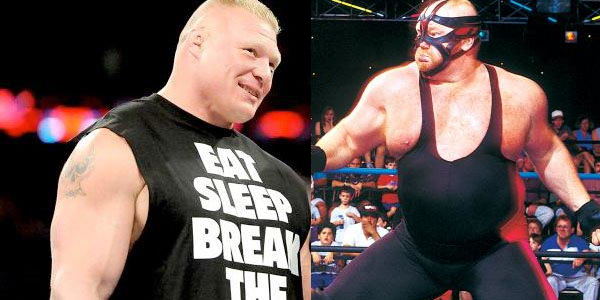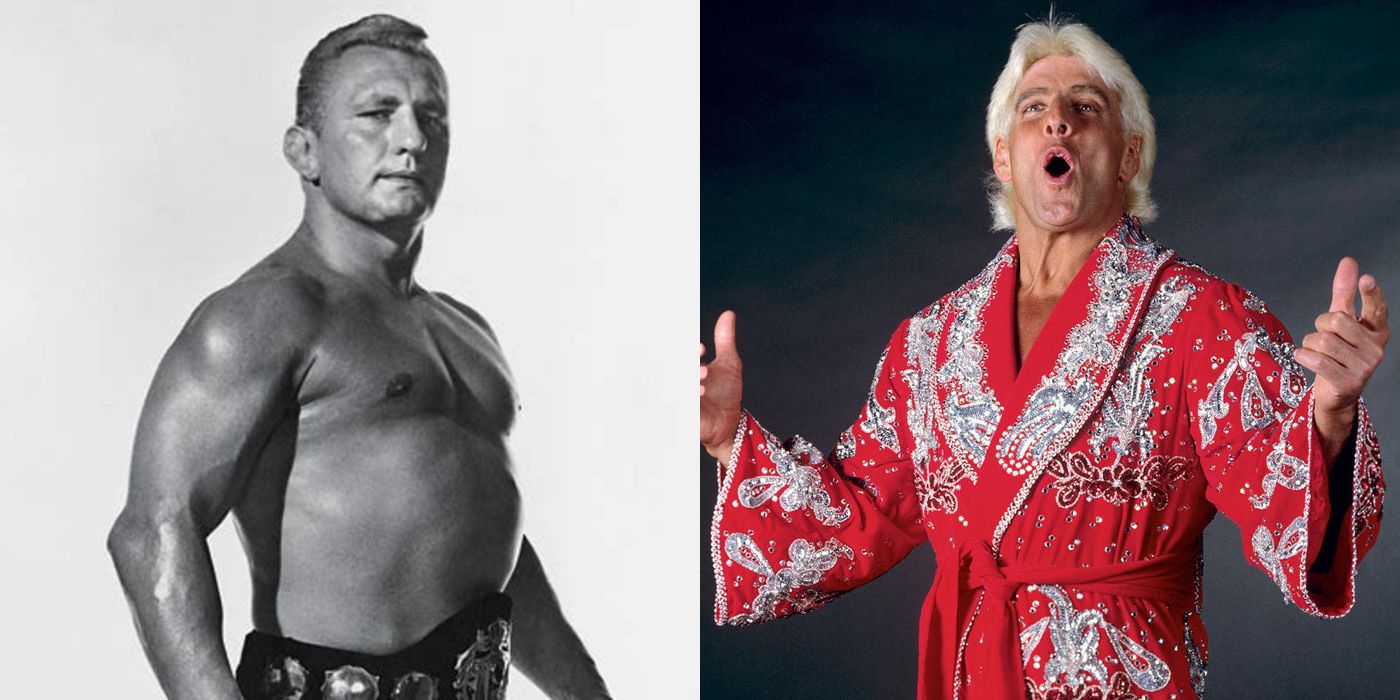
In the annals of professional wrestling history, certain rivalries stand out like shining beacons, etching their names in the collective memory of fans. One such intense and unforgettable feud was the legendary clash between the Rock ‘n’ Roll Express and the Midnight Express. This electrifying rivalry not only redefined tag team wrestling but also created moments that are forever etched in the hearts of fans and the annals of wrestling lore.
Origins of the Feud: A Collision of Styles and Ideals
The late 1970s and early 1980s were a transformative era in wrestling, marked by the emergence of vibrant characters and innovative in-ring action. The Rock ‘n’ Roll Express, Ricky Morton and Robert Gibson, embodied the spirit of the times with their energetic, high-flying style and heartthrob personas. In stark contrast, the Midnight Express, Bobby Eaton and Dennis Condrey (later replaced by Stan Lane), exuded a sense of calculated aggression and rule-bending tactics, orchestrated under the managerial brilliance of Jim Cornette.
The feud ignited when these two polar opposite teams crossed paths. The Rock ‘n’ Roll Express, fueled by their popularity and desire to spread positivity, found themselves in the crosshairs of the Midnight Express, who believed in achieving success at any cost. The resulting collision would redefine tag team wrestling and captivate audiences worldwide.
Clashes of the Titans: In-Ring Brilliance
Every showdown between these teams was a masterclass in storytelling and in-ring psychology. The Rock ‘n’ Roll Express would dazzle with their lightning-quick tags, high-flying maneuvers, and unwavering determination. Fans would erupt as Ricky Morton endured relentless beatings, only to make the desperate tag to Robert Gibson, sparking hope and excitement.
On the other side, the Midnight Express would methodically dissect their opponents, exploiting every rule loophole and utilizing Cornette’s managerial genius to their advantage. Bobby Eaton’s technical prowess and Stan Lane’s athleticism combined to form an incredibly effective tandem, striking fear into the hearts of their opponents.
Moments Etched in Time: Unforgettable Feud Highlights
The rivalry produced countless unforgettable moments that still resonate with fans today. Who could forget the brutal “Barbed Wire Steel Cage” match that pushed both teams to their limits, leaving a trail of blood and agony in its wake? Or the heart-stopping “Scaffold Match,” where the teams battled on a narrow platform high above the ring, testing their courage and agility?
However, it wasn’t just the high-stakes gimmick matches that defined this feud. Every promo, every punch, every near-fall, and every betrayal contributed to the rich tapestry of emotions woven into the narrative.
Legacy and Impact: A Lasting Heritage
The Rock ‘n’ Roll Express vs. Midnight Express feud transcended the boundaries of a wrestling ring. It exemplified the essence of good versus evil, the clash of ideals, and the universal struggle for dominance. The sheer chemistry between the teams and the emotional investment from the fans elevated this rivalry to legendary status.
Decades later, the influence of this feud can still be felt in the tag team wrestling landscape. Its lessons in storytelling, character development, and the art of captivating an audience continue to inspire new generations of wrestlers and promoters.
In the annals of wrestling history, the Rock ‘n’ Roll Express vs. Midnight Express feud remains a shining testament to the power of athletic competition, compelling narratives, and the magic that can happen when two teams, each representing a distinct philosophy, collide head-on in pursuit of greatness.

